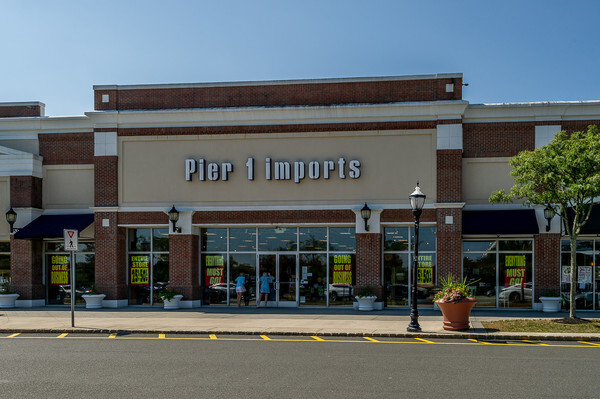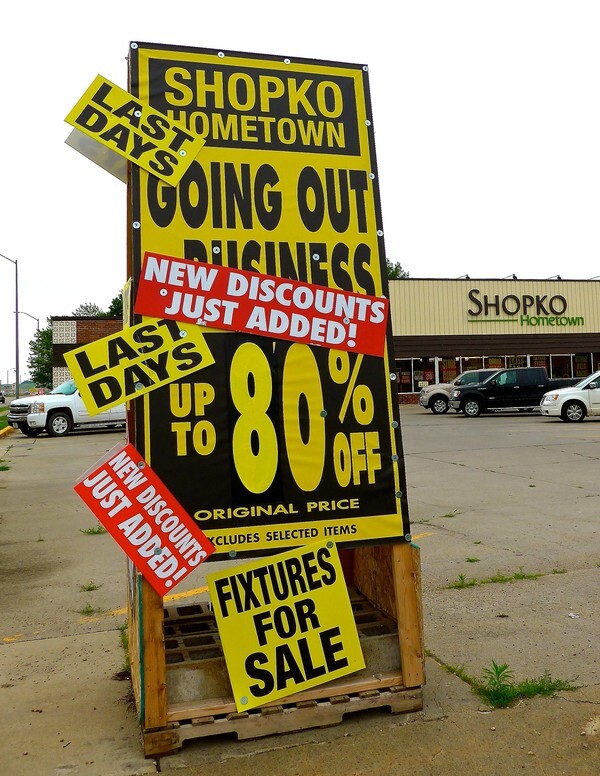
(Jazz Guy/Flickr)
What made one line of business susceptible to closure during the pandemic while another thrives?
It’s the difference between a business whose model is flexible enough to adapt, and one whose flaws just become more obvious when put in the harsh light of COVID-19.
Why did Pier 1 Imports or Fry’s fail to survive, while Home Depot and Dick’s Sporting Goods are seen as pandemic success stories?
I think a big part of it comes down to our shifting expectations of consumerism. My pal Owen Williams put it really well just last night on the Twitters:
https://twitter.com/ow/status/1382492921262436362
There are simply things that we were once unwilling to buy on the internet, from home decor to items of clothing, that have somehow managed to become reasonable purchases in the age of COVID-19. And consumers, trying to minimize their travel outside, became more picky about what was a worthy thing to purchase at a physical retail store.
The chains that really thrived during the pandemic put in the hard work around trying to adapt to these people before they had a chance to go elsewhere—and now they’re thriving.
Businesses that met their maker before the pandemic, such as Radio Shack, often found their offerings commoditized by online shopping, as the product lines they sold became increasingly irrelevant to either hardcore techies or the average consumer. The pandemic, good or bad, shined a harsh light on lines of business like these, which had lost relevance in the market but still maintained a presence, somehow.

I wonder who makes signs like these. (Ali Eminov/Flickr)
Now, to be clear, not every business met its maker in this way. Some businesses were seen as too important to fail—see the case of JCPenney, which was spared death in bankruptcy proceedings by the nation’s largest mall chain, which most assuredly needed the retailer’s anchor stores.
But then there are cases like Guitar Center, where the company needed bankruptcy protection, but ultimately kept ticking. Their story has a lot in common with that of another major chain that saw its demise before the pandemic, Toys“R”Us—in that the thing that killed it was bad business dealings that weakened its business model so it couldn’t handle another body blow. Guitar Center was the victim of a leveraged buyout, with debt from years ago threatening the company, not a desire for guitars—and it was that way before the pandemic, too.
In many ways, COVID-19 was sunlight on bad business practices in retail. When you walk in a store, you don’t always know whether it’s a success or a failure just by looking at the shelves (though in some cases, such as Fry’s, it’s a good hint of business-line challenges). The industry is a complex beast, and it can be hard to grasp its details from a distance. But for reasons just as unfair as they are obvious to everyone, COVID-19 made the complex more clear.
And not everyone will be left standing after the vaccine hits scale.
Time limit given ⏲: 30 minutes
Time left on clock ⏲: timer goes off


